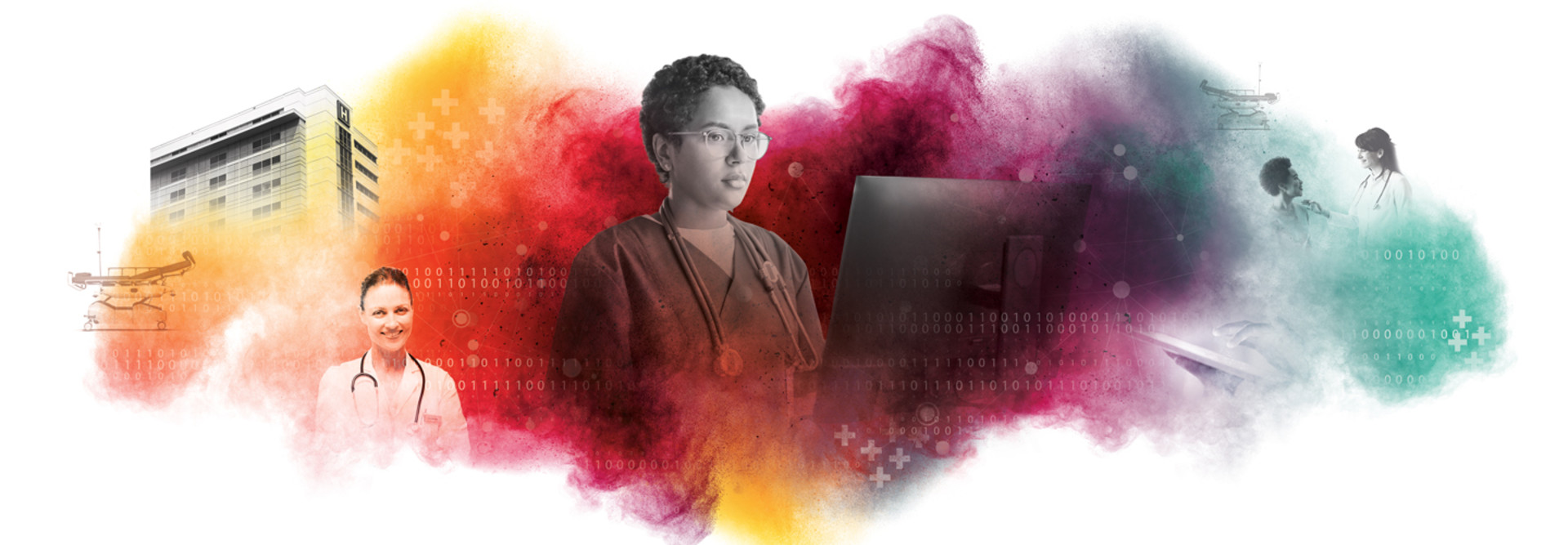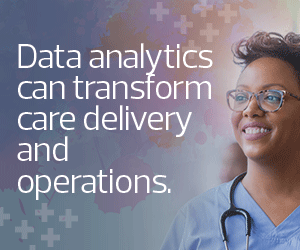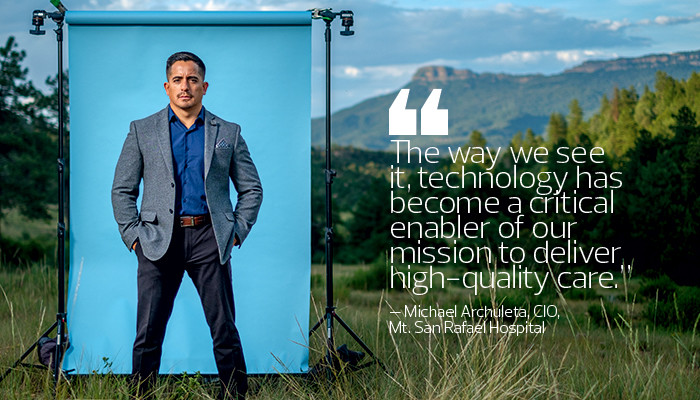When the pandemic hit, Mt. San Rafael had already modernized its infrastructure with digital solutions from companies such as NetApp, Splunk, VMware and Imprivata. “We were fully virtualized, we had cloud-based initiatives, and we had a very strong and mature cybersecurity program,” Archuleta says.
When the health system suddenly had to set up telehealth clinics and send staff members home to work, the transition happened with ease, he says, “because the foundation we’d built was solid.”
Currently, Mt. San Rafael is leveraging everything from advanced analytics to robotic process automation as part of its digital transformation journey. Administrators are deploying workflow solutions to automate patient scheduling and billing, while clinicians are using artificial intelligence to predict patient outcomes and personalize treatment plans.
Overall, the organization is leaning into virtual care and other digital platforms that clinicians, staff and patients alike came to rely on during the pandemic. Archuleta says his team is committed to “staying ahead of the curve” when it comes to digital health.
“The way we see it, technology has become a critical enabler of our mission to deliver high-quality care,” he says.
Click the banner below to learn how a modern data analytics program can optimize care.













